
With diverse forms, in addition to the strong development of contemporary performing arts, traditional performing arts in Hanoi and many other localities across the country have a lot of potential and room to exploit and develop unique products and services, which can create a breakthrough in the cultural industry playground.

Performing Ai Lao singing and dancing at the seminar on traditional arts.
Among the traditional performing arts, water puppetry is one of the unique traditional theatrical forms, imbued with the cultural identity of Vietnam. Unlike the traditional opera, cheo, and cai luong, water puppetry is loved by domestic and foreign tourists . To meet the public's needs and bring water puppetry closer to the audience, theaters and museums focus on innovating performance spaces and improving the quality of the plays.
In addition to traditional performances, water puppetry now has many modern and attractive performances to serve the needs and tastes of many audiences, contributing to spreading the value of this performing art. With a large and regular number of visitors, Thang Long Water Puppetry Theatre lights up performances all year round to serve the audience, making it an attractive destination for tourists.
Having worked in the field of puppetry for many years, water puppet artist Chu Luong acknowledged: "Water puppetry is a unique art form that only exists in Vietnam, a crystallization of Vietnamese culture. The art of water puppetry has entered modern life, gone out into the world and become a cultural ambassador."
Attracting many young people who are passionate about traditional folk art, Thang Long Traditional Music Center, founded by artist Vu Van Tuan in 2016, is an address specializing in training and teaching traditional musical instruments, connecting artisans and artists with people who love traditional music. Not only teaching folk music, the center's Chau Van singing class, under the guidance and instruction of folk artists, attracts a large number of students, especially young people.
Persistently keeping the passion for traditional music, artist Vu Van Tuan, Director of Thang Long Traditional Music Center shared that, with the desire to preserve and promote the value of traditional music, the center regularly organizes learning communities, training classes in Chau Van, Hat Xam, Dan Nguyet, in collaboration with the Management Board of the Old Quarter, Kim Ngan Communal House, O Quan Chuong, Tran Nhan Tong Walking Street, etc.; regularly organizes traditional music performances, introduces the genres of Hat Xam, Hat Van, Ca Tru, brings students to participate in exchanges and performances, actively contributes to the cultural activities of the capital, creating opportunities for the public to access traditional musical instruments. The center's efforts contribute to training a new generation of artisans, strengthening the connection and love for traditional Vietnamese art.
With unique value, almost completely preserved, the art of Ai Lao singing and dancing is an important ritual in the Gióng festival. Up to now, Ai Lao singing and dancing still preserves the ancient singing and dancing with unique singing style and rhythm, lyrics with deep spiritual meaning and historical value. In 2016, the art of Ai Lao singing and dancing was listed as a National Intangible Cultural Heritage.
After more than 40 years since its restoration and reorganization, this folk art form is facing many difficulties in preserving, developing and teaching. This artistic heritage has a very high spiritual significance. In Ai Lao singing and dancing, there are cultural layers and historical stories that have been summarized from many generations. Therefore, if the number of songs is not fully performed and the sentences and paragraphs are not fully sung, the sacredness and solemnity of the festival will be lost.
The Ai Lao singing and dancing troupe has about 30 members, all of whom are elderly men. Meritorious Artist, Head of the Ai Lao singing and dancing troupe Nguyen Trong Hinh confided: "With the responsibility of preserving and promoting the art form left by our ancestors, the members of the Ai Lao singing and dancing troupe operate completely voluntarily, the cost of purchasing costumes and musical instruments is all contributed by the members of the troupe. We hope to receive attention from authorities at all levels, especially the Hanoi Department of Culture and Sports, so that the Ai Lao singing and dancing troupe can maintain and develop. The majority of the members are elderly but have not yet found a successor, because today's young generation is not interested in this performing art. Another problem is that despite being active for many years, the Ai Lao singing and dancing troupe does not have its own space to function."
With valuable heritage assets, in recent years, Hanoi city has had many policies to protect and promote intangible cultural heritage, especially those with typical values and at risk of being lost. Ms. Bui Thi Huong Thuy, Deputy Head of Heritage Management Department, Hanoi Department of Culture and Sports said: Hanoi Department of Culture and Sports has coordinated with the Ai Lao dance community to gradually document knowledge and songs through book compilation, audio and video recording.
In 2022, the Hanoi People's Committee issued Resolution 23 regulating the treatment and support regime for people's artists, meritorious artists; artisans and typical clubs in the field of intangible cultural heritage of Hanoi city. In the coming time, the Ai Lao singing and dancing group will complete the club as well as have the best conditions to practice and pass on performing arts practices in the community.
At a glance, we can see that we have rich resources from heritage to traditional arts. The potential and strength of folk culture is a rich source of material for those working in the arts and culture to exploit. In recent years, young people have been interested in and cherish traditional values.
Many products and services imbued with contemporary culture are exploited by the creative community based on traditional, folk and identity elements. Practical products such as T-shirts, Ao Dai, handbags, shoes, accessories, etc. are inspired by the art of water puppetry, Cheo, Tuong, and folk paintings, becoming souvenirs for tourists. These products with modern beauty have contributed to promoting the image of Vietnam's heritage, bringing folk culture closer to modern life.
Currently, many directors, musicians, singers, artists such as Nguyen Xuan Lam, Hoang Thuy Linh... have had success in exploiting traditional music and folk materials in contemporary works. Along with preserving the true values and identity of heritage, innovating the performance stage to suit the tastes of young people and attracting tourists is contributing to promoting the value and identity of Vietnamese culture, spreading traditional art to the public, and bringing Vietnamese culture into international integration. The young generation is the next generation, receiving and finding ways to express folk art to integrate into contemporary life, creating awareness of Vietnamese culture.
Abundant in resources, rich in resources, if exploiting the unique values of traditional Vietnamese art, this is a "gold mine" to exploit, serving the development of the cultural industry. With a performing arts industry with a long development process, the formation of creative cultural centers is suitable for many goals. This is an environment for training traditional performing arts classes, promoting art to domestic and foreign audiences, both a tourist destination combined with learning, and at the same time creating infrastructure to contribute to promoting the cultural industry. However, what is lacking now is the handshake, interdisciplinary combination to develop services related to performing arts.
Sharing a practical perspective, lecturer of the Faculty of Interdisciplinary Sciences (Hanoi National University) Nguyen Thu Thuy suggested: Heritage can only survive when it lives in contemporary life. Currently, we are lacking the connection between performing arts-tourism-education-infrastructure-transportation to form product packages to serve tourists.
If the tourism industry connects with travel agencies to build tours, sightseeing routes, and plays that suit their tastes, tourists will have more options for interesting experiences in enjoying traditional performing arts. Similarly, the combination of performing arts with the education sector, bringing traditional arts into sightseeing, learning, and experiencing activities at museums will arouse and nurture the love of traditional arts in children's souls.
Vietnam is becoming a destination for famous international music groups such as Blackpink, Westlife... and is gradually becoming an organizer of international art events. Hanoi is a creative city in the UNESCO Creative Cities Network. Throughout the country, we have had many famous live performances such as Tinh Hoa Bac Bo, Ky Uc Hoi An, A O bamboo circus show...
Along with building and developing clubs and performing art models, connecting creative spaces to organize literary and artistic activities such as the Center for Promotion of Vietnam's Intangible Cultural Heritage, Thang Long Traditional Music Center, etc., we need to invest heavily to have a large-scale entertainment and art complex, in which many traditional art forms participate with unique products, contributing to unlocking the rich potential of the forms.
If Hanoi and other localities in the country know how to exploit old industrial facilities to become a place where many art forms meet, in which investing in building traditional art into a key product, many accompanying entertainment facilities such as entertainment, culinary experiences, shopping, workshop practice, tourists and local people will have more options to enrich their spiritual life, enjoy cultural values, and at the same time create many values and opportunities for the city.
From the above suggestions, it is necessary to have mechanisms and policies to promote the preservation and promotion of traditional performing arts in communities and groups of artists and artisans; invest in infrastructure as well as inter-sectoral coordination mechanisms, connecting resources to effectively exploit traditional arts in tourism and cultural development... to help traditional art forms promote their strengths in developing the creative cultural industry.
According to Nhan Dan Newspaper
Source








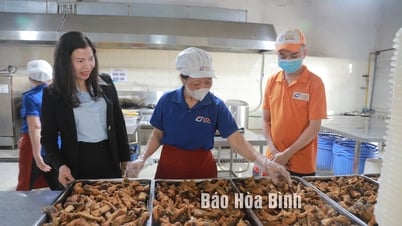

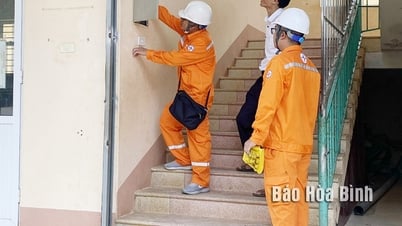

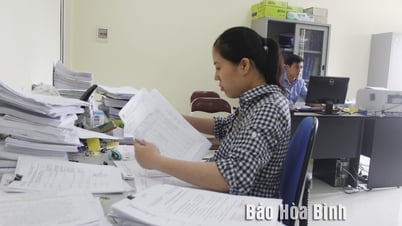

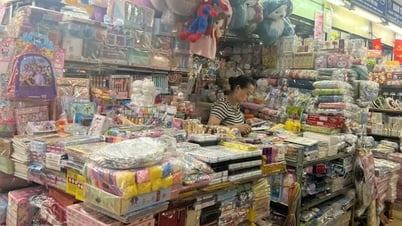




![[Maritime News] Wan Hai Lines invests $150 million to buy 48,000 containers](https://vphoto.vietnam.vn/thumb/402x226/vietnam/resource/IMAGE/2025/6/20/c945a62aff624b4bb5c25e67e9bcc1cb)


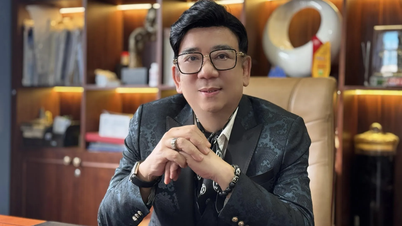
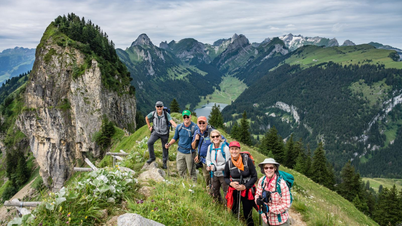
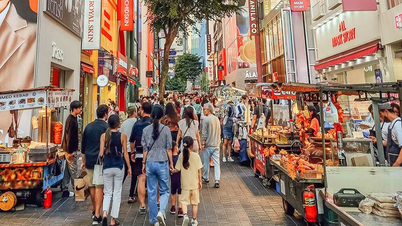




























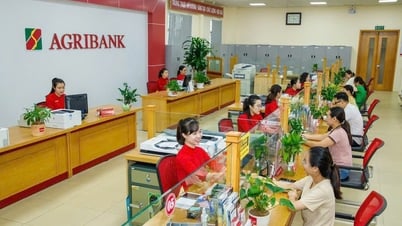
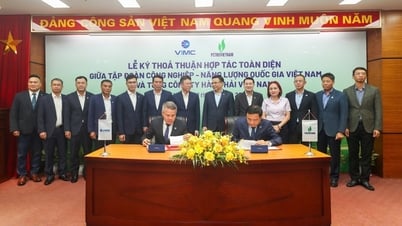










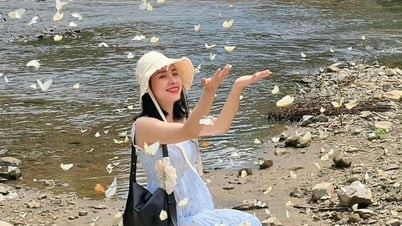

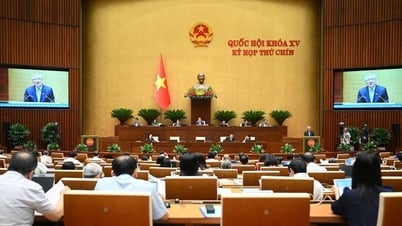
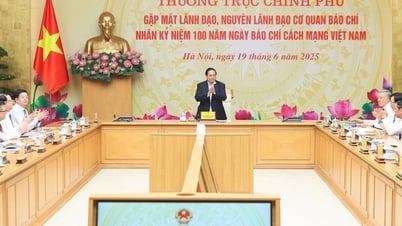
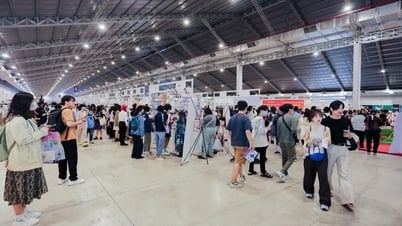

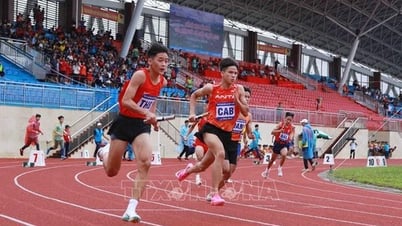
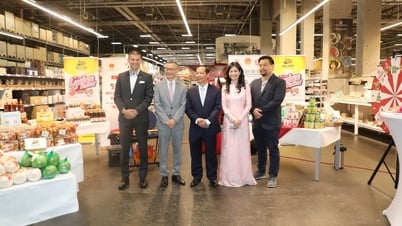
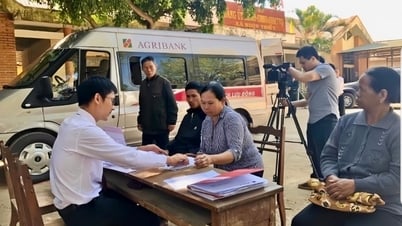

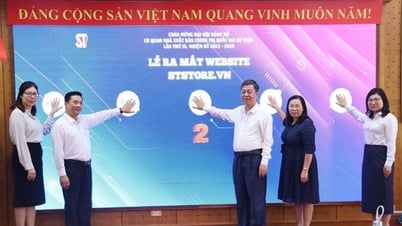

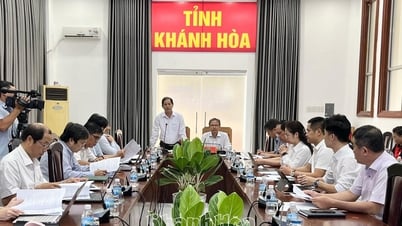

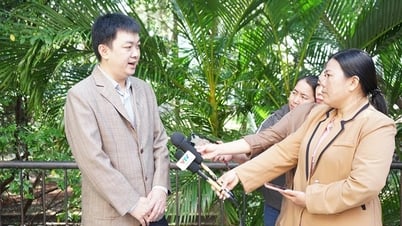
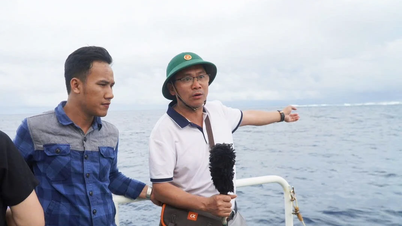

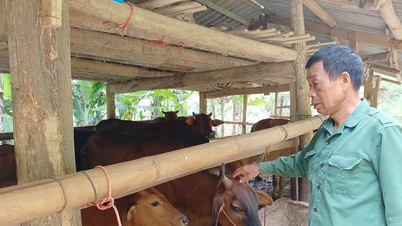












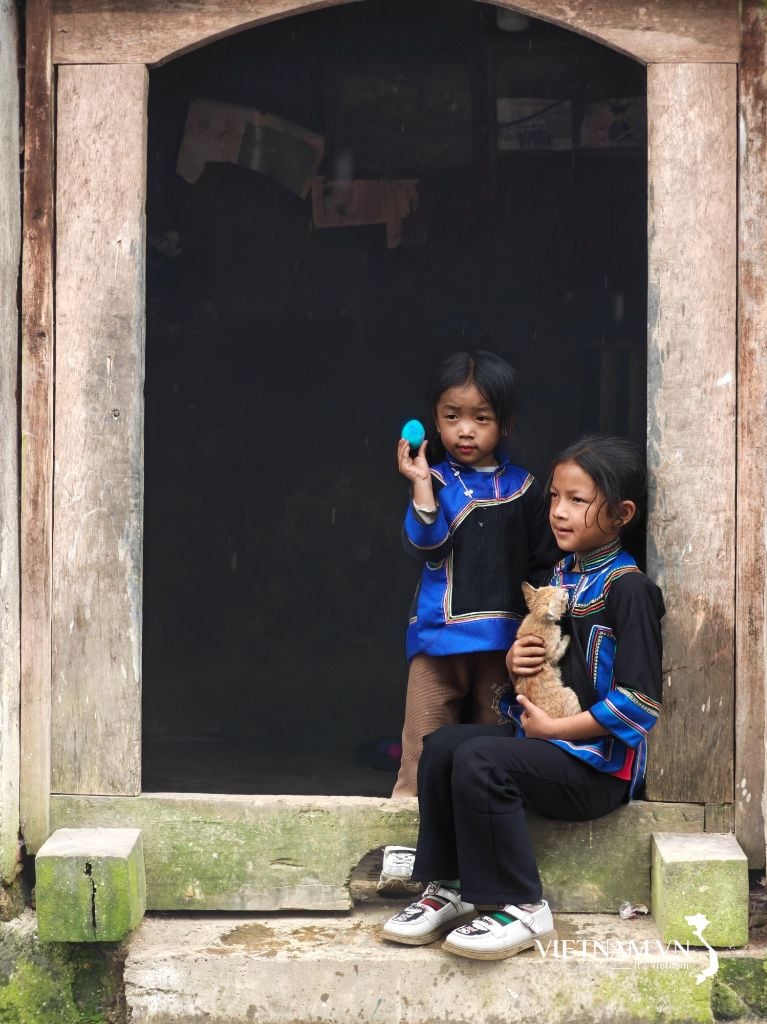
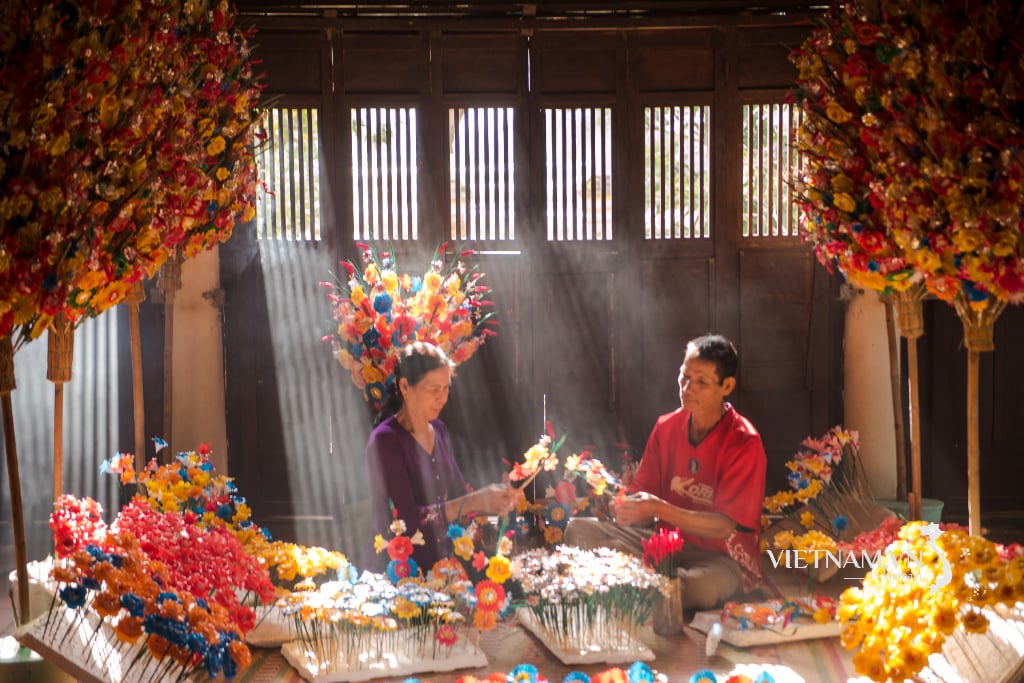
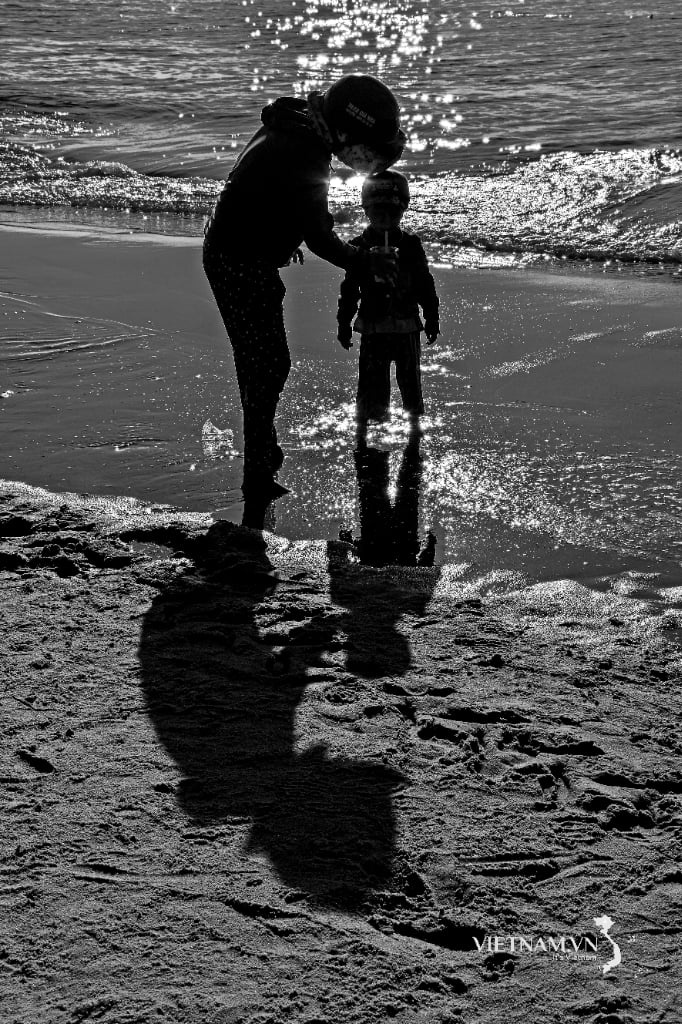
Comment (0)